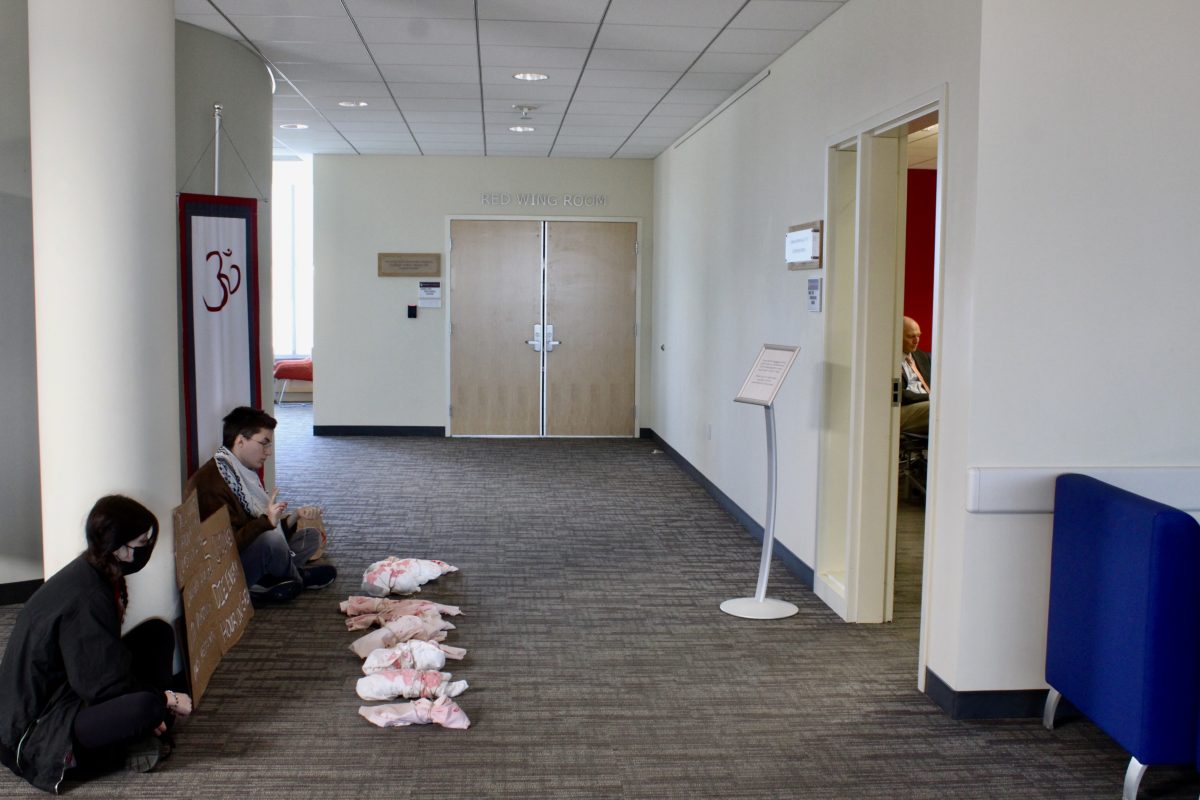Over the past few years, the Modern Languages Department has stopped offering modern language courses and majors. Once a thriving and popular department, the faculty of modern languages has now dwindled to three.
At one point, students interested in pursuing a career in language had the pick of the litter. Italian, Japanese, Arabic and German were just a handful of the options that students had. However, only a Spanish and Chinese minor and certificates of proficiency remain.
This may be due to the fact that Hamline does not include language courses in the Hamline plan.
Other universities in the area require 2–4 semester’s worth of language courses in their general education plan, but Hamline’s lack of such a requirement appeals to incoming students.
“The lack of language requirement is an attraction for students. That’s what I was told,” Maria Leal, the only remaining professor of Spanish, said.
Leal began working at Hamline over 15 years ago, in 2006. Her passion for teaching both the language and the culture connected has cultivated a tight-knit community of language learners.
“I feel that I am very lucky, because the students that I have, they are there because they want to be, and the progress is immense,” Leal said.
But even the community aspect that learning a language offers is not enough. And at a faculty level, the possibility of tenure is something worth sticking around for. However, for faculty in the modern languages department, it is simply not an option.
“At the time when I was hired, there was no tenure track … There was no tenure track in any language, but Spanish,” Habiba Hadziavdic, an adjunct professor of German at Hamline, said. Hadziavdic has been with the Modern Languages Department since 2015 and also teaches at the University of St. Thomas, which requires students to take language courses as part of their general education.
At the end of the day, however, if there are no students, there is no class. Universities hold certain, varying requirements for courses, including a minimum number of students that must be registered or enrolled in the course for it to be taught. And with a dwindling number of students studying languages, courses barely have enough students to stay open.
“It’s unfortunate that there’s always that numbers game, where in order for a class not to, you know, to stay on the books and to run. It’s always like this thing like it has to have that many students otherwise it runs a chance of being canceled,” Hadziavdic said.
As the faculty who remain in the modern language department look to the future, the question remains: what happens now?
“I think then the bigger question is, can the institution value language study enough to support programs even though the course sizes are small?” Shannon Cannella, Hamline’s only professor for Chinese studies, said. All three professors have emphasized how important it is for students to learn a language — even if they are not pursuing it as a degree.
“A lot of people misunderstand what happens in a language classroom; students don’t learn another language in a kind of formulaic way — it’s not about substituting one set of words for another. What happens is much deeper; you enter into the logic of how meaning is constructed from another cultural perspective. It is this shift of understanding that is so powerful,” Cannella wrote in an email. To learn more about Hamline’s modern language department and to find course offerings, visit https://www.hamline.edu/academics/undergraduate/modern-languages/faculty.
Hamline’s loss of language
The modern language department speaks on the cutting of modern language majors.
November 22, 2023
Story continues below advertisement













